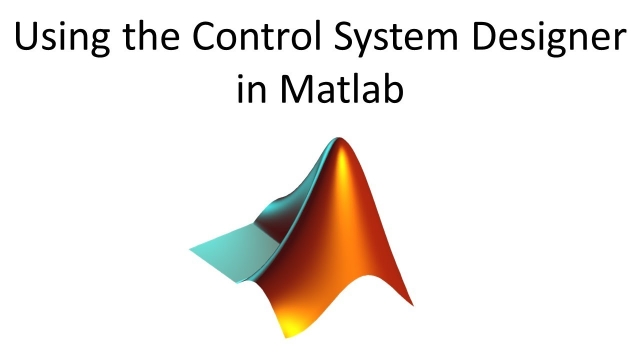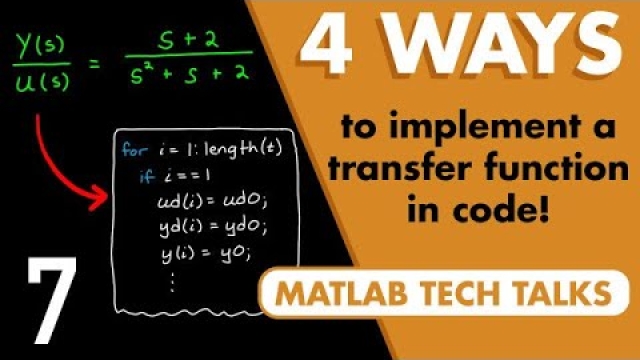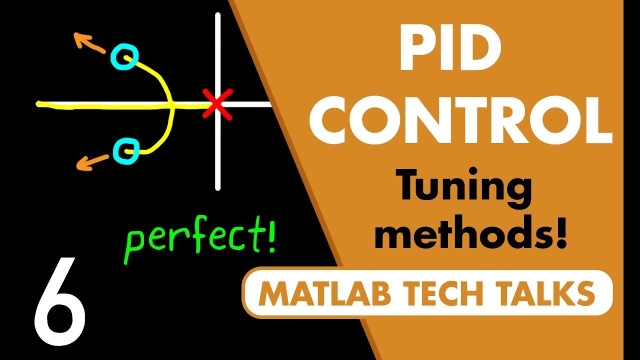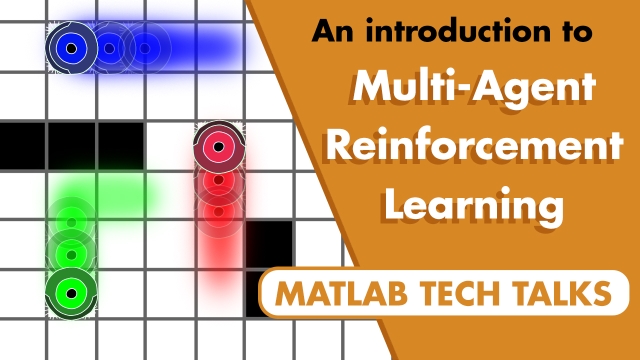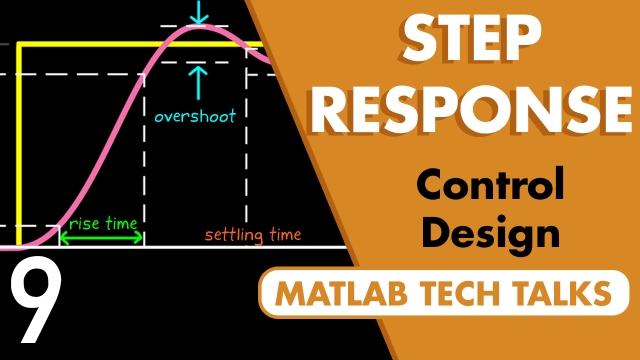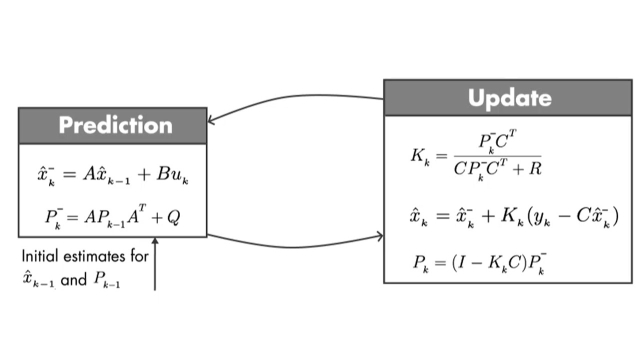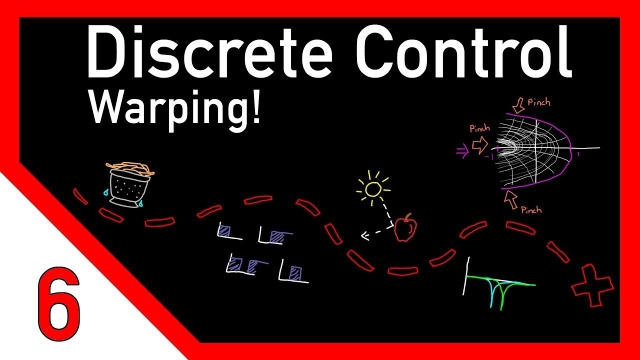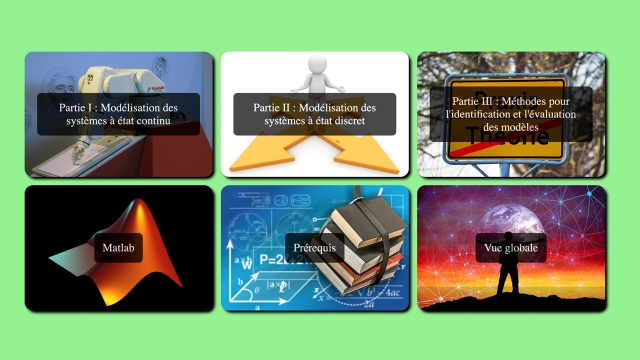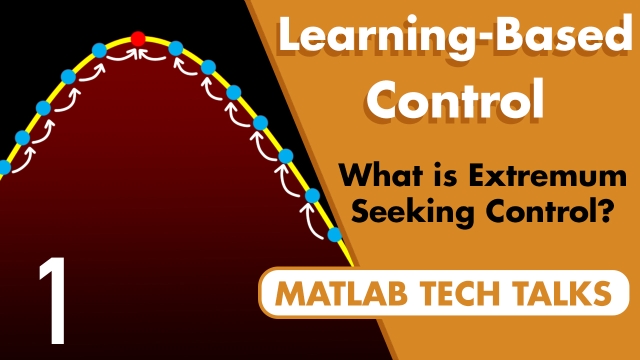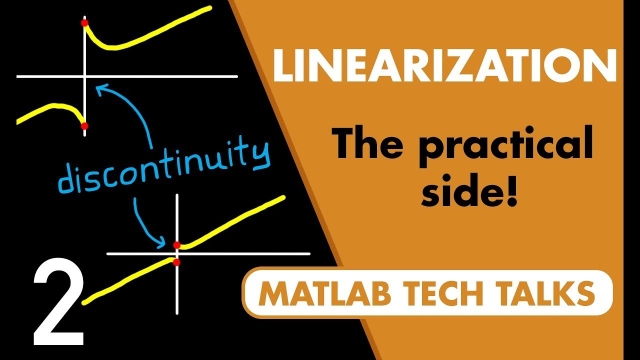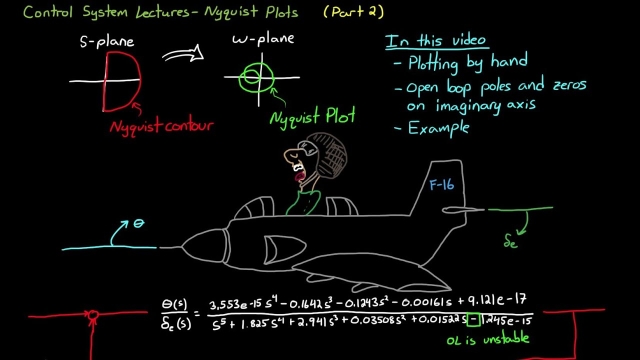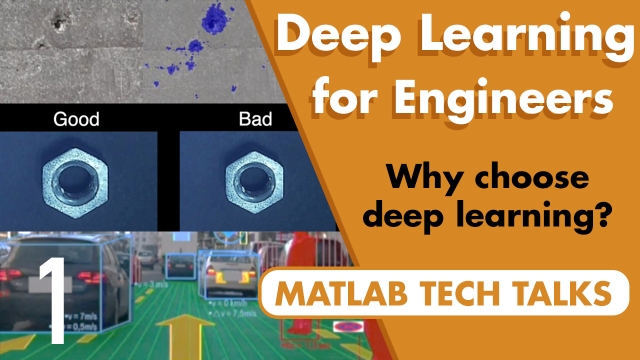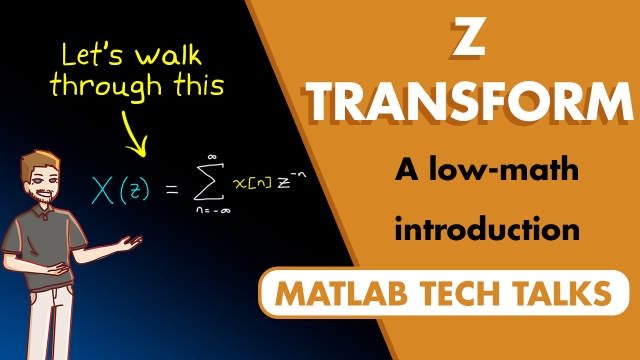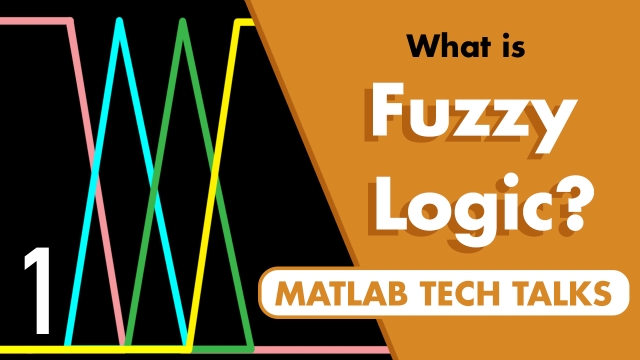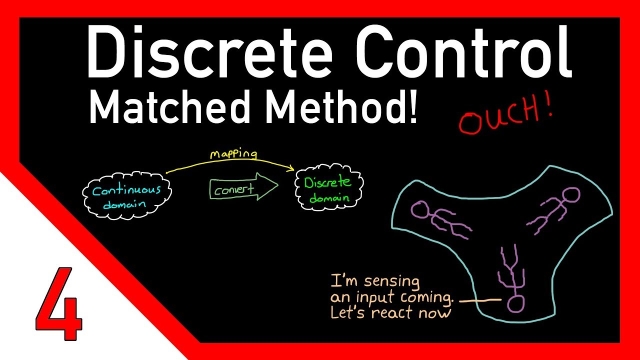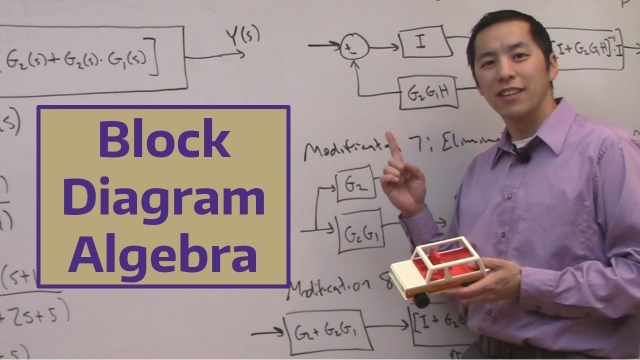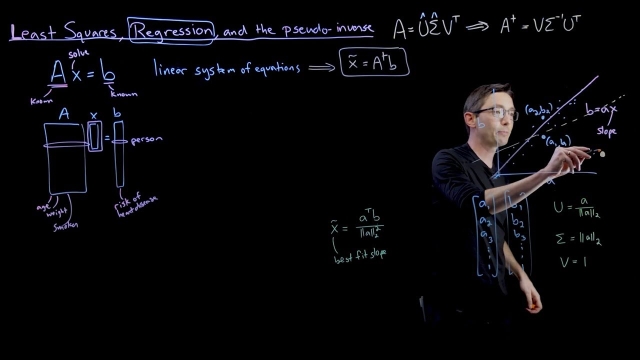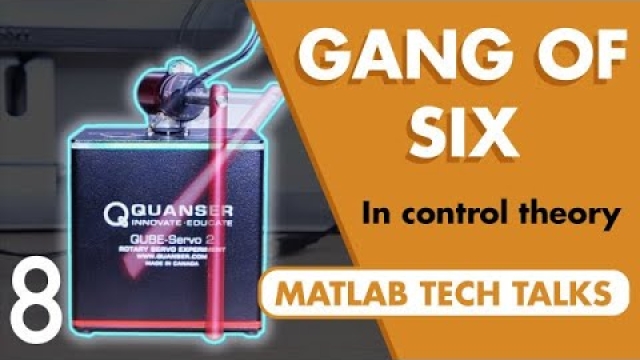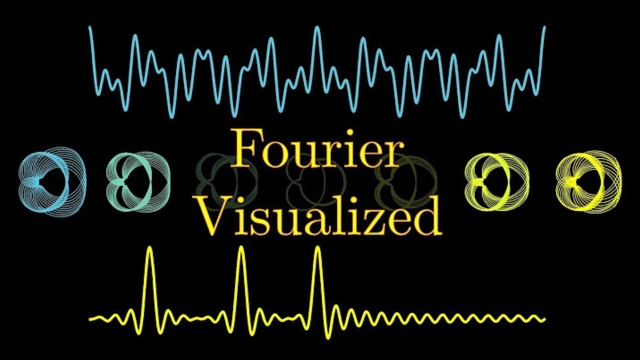
Using the Control System Designer in Matlab
In this video we show how to use the Control System Designer to quickly and effectively design control systems for a linear system. We show how to add multi...
See MoreControl Systems in Practice, Part 7: 4 Ways to Implement a Transfer Function...
In some situations, it is easier to design a controller or a filter using continuous, s-domain transfer functions. We have a lot of mathematical tools that make analyzing and manipulating...
See MoreUnderstanding PID Control, Part 6: Manual and Automatic Tuning Methods
The previous video showed three different approaches to developing a mathematical model of your physical system. Now that we have this model, we can use it to tune a PID controller that will...
See MoreAn Introduction to Multi-Agent Reinforcement Learning
Learn what multi-agent reinforcement learning is and some of the challenges it faces and overcomes. You will also learn what an agent is and how multi-agent systems can be both cooperative...
See MoreControl Systems in Practice, Part 9: The Step Response
This video covers a few interesting things about the step response. We’ll look at what a step response is and some of the ways it can be used to specify design requirements for closed loop...
See MoreUnderstanding Kalman Filters, Part 4: An Optimal State Estimator Algorithm
Discover the set of equations you need to implement a Kalman filter algorithm. You’ll learn how to perform the prediction and update steps of the Kalman filter algorithm, and you’ll see how...
See MoreDiscrete control #6: z-plane warping and the bilinear transform
We’re continuing our journey through discrete control and in this video, we’re going to expand our understanding of the bilinear transform. Along the way, we’ll learn about how this...
See MoreUnderstanding Control Systems: Open-Loop Control Systems
This video explores open-loop control systems by walking through some introductory examples.
Learn how open-loop systems are found in everyday appliances like toasters or showers, and...
See MoreSystems modeling and representations (French)
Complete course on systems modeling. Includes examples, MATLAB code, and quizzes.
See MoreWhat Is Extremum Seeking Control? | Learning-Based Control
Get an introduction to extremum seeking control—an adaptive control method for finding an optimal control input or set of system parameters without needing a model of your system, static...
See MoreTrimming and Linearization, Part 2: The Practical Side of Linearization
With a general understanding of linearization, you might run into a few snags when trying to linearize realistic nonlinear models. These snags can be avoided if you have a more practical...
See MoreNyquist Stability Criterion, Part 2
An explanation of the Nyquist Stability Criterion part 2. This video steps through the how to sketch a Nyquist plot by hand, what to do if there are open loop pools on the imaginary axis...
See MoreWhy Choose Deep Learning? Deep Learning for Engineers, Part 1
This video introduces deep learning from the perspective of solving practical engineering problems. The goal is to provide an introduction to the range of practical engineering problems that...
See MoreUnderstanding the Z-Transform
This intuitive introduction shows the mathematics behind the Z-transform and compares it to its similar cousin, the discrete-time Fourier transform. Mathematically, the Z-transform is...
See More3-DOF Orientation Tracking with IMUs
This document is not meant to be a comprehensive review of orientation tracking for virtual reality applications but rather an intuitive introduction to inertial measurement units (IMUs) and...
See MoreWhat Is Fuzzy Logic | Fuzzy Logic Part 1
This video introduces fuzzy logic and explains how you can use it to design a fuzzy inference system (FIS), which is a powerful way to use human experience to design complex systems...
See MoreTrimming and Linearization, Part 1: What is Linearization?
Why go through the trouble of linearizing a model? To paraphrase Richard Feynman, it’s because we know how to solve linear systems. With a linear model we can more easily design a controller...
See MoreArtificial Intelligence
This lecture discusses artificial intelligence (AI) in the context of data science and machine learning.
See MoreNyquist Stability Criterion, Part 1
An explanation of the Nyquist Stability Criterion. This video steps through the importance of the criterion, how to interpret the Nyquist plot graphically, and why it is the way it is....
See MoreDiscrete control #4: Discretize with the matched method
This is the fourth video on discrete control and in this video we are going to continue exploring the different techniques we can use to discretize a continuous system and talk about the...
See MoreBlock Diagram Algebra
In this video we introduce block diagrams (AKA signal flow diagrams). We explore how they are used to describe complex systems as well as how to perform blo...
See MoreLinear Regression
Linear regression is a cornerstone of data-driven modeling; here we show how the SVD can be used for linear regression.
See MoreControl Systems in Practice, Part 8: The Gang of Six in Control Theory
When analyzing feedback systems, we can get caught up thinking solely about the relationship between the reference signal and the output. However, to fully understand how a feedback system...
See MoreDiscrete control #3: Designing for the zero-order hold
This is the third video on discrete control and in this video, I want to clear up a confusion that I caused last time regarding using the ZOH method to discretize a continuous controller and...
See MoreBut what is the Fourier Transform? A visual introduction.
An animated introduction to the Fourier Transform.
See More
